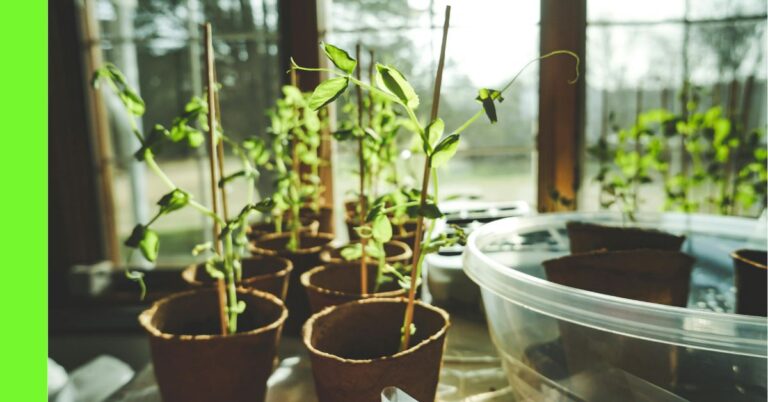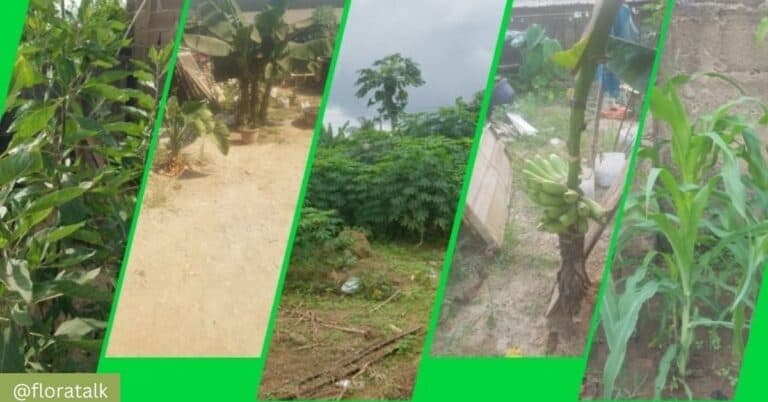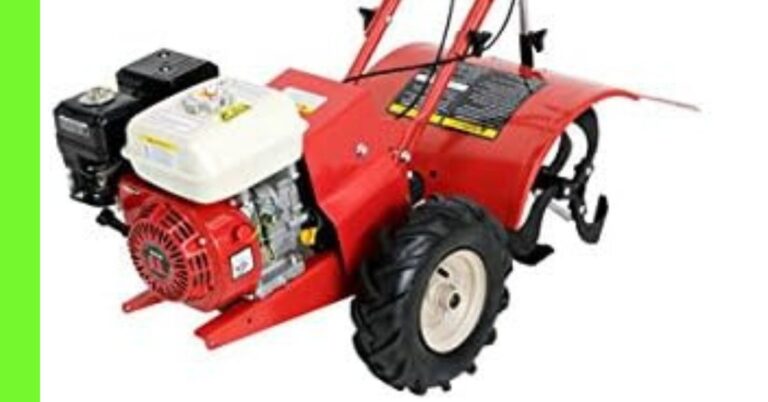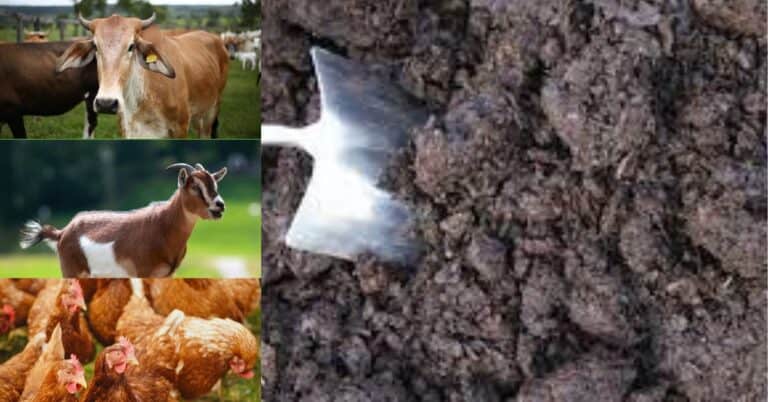Planting Methods: A Guide for Gardeners and Farmers

Planting methods are essential to ensure the healthy growth of plants, whether you’re gardening in your backyard or managing a large farm.
Different plants require different approaches based on factors like soil type, climate, and desired yields.
Understanding the various planting methods is crucial for achieving optimal results.
This article will explore several common planting methods, from traditional to modern, and provide tips on how to choose the right one for your needs.
1. Seed Planting
Seed planting is the most common method of plant propagation and involves sowing seeds directly into the soil.
It is ideal for many crops, including vegetables, flowers, and trees.
Benefits:
- Cost-effective: Seeds are inexpensive and readily available.
- Wide range of crops: Almost every plant can be grown from seed, offering a broad spectrum of options for gardeners.
- Natural growth: Seeds often provide the best way to cultivate plants that are well-adapted to local conditions.
Steps for Successful Seed Planting:
- Choose the Right Seeds: Select seeds that are suited to your climate and soil conditions.
- Prepare the Soil: Loosen the soil to ensure good seed-to-soil contact. You can amend the soil with organic matter to improve fertility.
- Sow the Seeds: Follow the planting depth and spacing recommendations on the seed packet.
- Water Gently: Water the soil carefully to avoid displacing the seeds.
- Monitor Growth: Keep an eye on your seeds as they germinate and sprout.
2. Transplanting Seedlings
Transplanting seedlings is an excellent method for starting plants and moving them to the garden once they’ve matured enough to withstand the elements.
This method is commonly used for crops like tomatoes, peppers, and cabbage.
Benefits:
- Faster harvest: Seedlings have a head start on growth, which can result in quicker harvests compared to starting from seeds.
- Controlled growth: Growing seedlings allows for better control over temperature and light conditions, leading to stronger, more resilient plants.
Steps for Successful Transplanting:
- Plant seeds: Begin growing the seedlings.
- Harden Off: Gradually acclimatize your seedlings to outdoor conditions by placing them outside for a few hours each day.
- Prepare the Planting Site: Clear the area of weeds and till the soil to improve drainage and aeration.
- Plant the Seedlings: Dig a hole slightly larger than the root ball, place the seedling, and cover with soil.
- Water Well: Water the seedlings after planting to help them settle into their new environment.
3. Direct Sowing (In-Situ Planting)
Direct sowing, or in-situ planting, involves planting seeds directly into the soil where the plants will grow.
This method is suitable for crops that have a long growing season, such as beans, carrots, and corn.
Benefits:
- Natural growth cycle: Plants that are directly sown tend to grow naturally and are often hardier.
- Less disruption: Direct sowing minimizes transplant shock, as plants are grown in their final location from the beginning.
- Time-saving: There’s no need to start seeds in trays or transplant seedlings, saving time.
Steps for Successful Direct Sowing:
- Prepare the Soil: Till the soil to a fine texture and remove any weeds or debris.
- Sow the Seeds: Plant the seeds at the appropriate depth, ensuring they are spaced according to the recommendations.
- Water Gently: Water immediately after sowing to encourage germination.
- Thin the Plants: As the seeds sprout, thin the plants to give them enough room to grow.
- Mulch: Apply mulch to retain moisture and suppress weed growth.
4. Hydroponics
Hydroponics is a modern planting method that involves growing plants without soil and is referred to as soiless farming.
Instead, plants are grown in a nutrient-rich water solution.
This method is popular for growing herbs, lettuce, and other leafy greens.
Benefits:
- Space-efficient: Hydroponic systems can be set up vertically or in small spaces, making them ideal for urban gardening.
- Faster growth: Without soil, plants can absorb nutrients more efficiently, leading to faster growth.
- Reduced pests and diseases: The controlled environment reduces the risk of soil-borne diseases and pests.
Steps for Successful Hydroponic Planting:
- Set up the System: Choose a hydroponic system (e.g., deep water culture, wick system, or aeroponics).
- Prepare the Nutrient Solution: Mix a water-soluble fertilizer with water to create the nutrient solution.
- Place the Plants: Insert seedlings or cuttings into the hydroponic system and ensure their roots are submerged in the nutrient solution.
- Maintain the System: Monitor the pH levels and nutrient concentration regularly.
- Provide Adequate Light: Use grow lights if necessary to ensure plants receive enough light for photosynthesis.
5. Ridge or Hip Planting (for Cassava and Root Crops)
Ridge or hip planting is a traditional planting method used for crops like cassava, yams, and sweet potatoes.
In this method, plants are grown on ridges or mounds that are formed above the ground level.
Benefits:
- Improved drainage: Ridges or mounds allow for better drainage, preventing waterlogging, which can harm the roots of cassava and other root crops.
- Easier harvesting: It is easier to harvest root crops when they are planted on raised ridges, as the roots are less likely to get tangled with the soil.
- Increased root size: The raised mounds encourage the roots to grow larger and more vigorously.
How to Plant Using Ridge or Hip Method:
- Prepare the Site: Clear the area of weeds and debris, then form ridges or mounds by tilling the soil into raised beds.
- Plant the Cuttings: For cassava, select healthy stem cuttings (hips) and plant them at a slight angle with the base of the cutting buried in the ridge. Ensure each cutting has 2-3 nodes for better growth.
- Space the Plants: Space the cuttings about 1 meter apart, depending on the variety.
- Water and Maintain: Water the plants well after planting and keep the soil moist throughout the growing season. Regularly remove weeds and pests.
- Harvest: Once the plants mature (typically after 9-12 months for cassava), carefully dig up the roots from the ridges.
6. Raised Bed Gardening
This involves planting crops in soil that is elevated above the surrounding ground.
Raised beds are typically framed with wood, stone, or concrete, and are filled with high-quality soil.
Benefits:
- Better soil control: Raised beds allow for better soil drainage and control over soil composition, which can lead to healthier plants.
- Reduced soil compaction: Since the soil is not walked on, it remains loose and well-aerated, which promotes root growth.
- Extended growing season: The elevated position of raised beds warms up faster in the spring and stays warmer longer in the fall.
Steps for Successful Raised Bed Gardening:
- Build the Bed: Create a raised frame and fill it with a mixture of soil, compost, and other organic materials.
- Prepare the Soil: Ensure the soil is well-draining and nutrient-rich.
- Plant the Crops: Plant seeds or seedlings in rows or a grid pattern, depending on your preference.
- Water: Raised beds dry out faster than in-ground gardens, so be sure to water regularly.
- Mulch: Apply mulch to retain moisture and reduce weed growth.
7. Companion Planting
Companion planting is a method where different plants are grown together to benefit one another.
Certain plants have natural relationships that help with pest control, pollination, and nutrient absorption.
Benefits:
- Improved plant health: Certain plant combinations can improve growth by supporting each other’s needs.
- Pest control: Some plants naturally repel pests that can harm nearby crops.
- Better yields: Companion planting can increase productivity and reduce the need for chemical interventions.
Examples of Companion Planting:
- Tomatoes and scent leaf: scent leaf helps repel pests that can damage tomatoes.
- Beans and corn: Beans fix nitrogen in the soil, which benefits corn, while corn provides structure for beans to climb.
- Carrots and onions: Onions help deter carrot flies, while carrots provide shade to the onions.
Conclusion
Choosing the right planting method is crucial for the success of your garden or farm.
Each method has its advantages and is suited to different crops, climates, and growing conditions.
Whether you’re planting seeds directly into the soil, transplanting seedlings, or experimenting with modern techniques like hydroponics,
the key is to understand the unique needs of your plants and the best approach to meet those needs.
By applying the right planting method, you can ensure healthy, thriving plants that will reward you with bountiful harvests.
Hope this was helpful.






